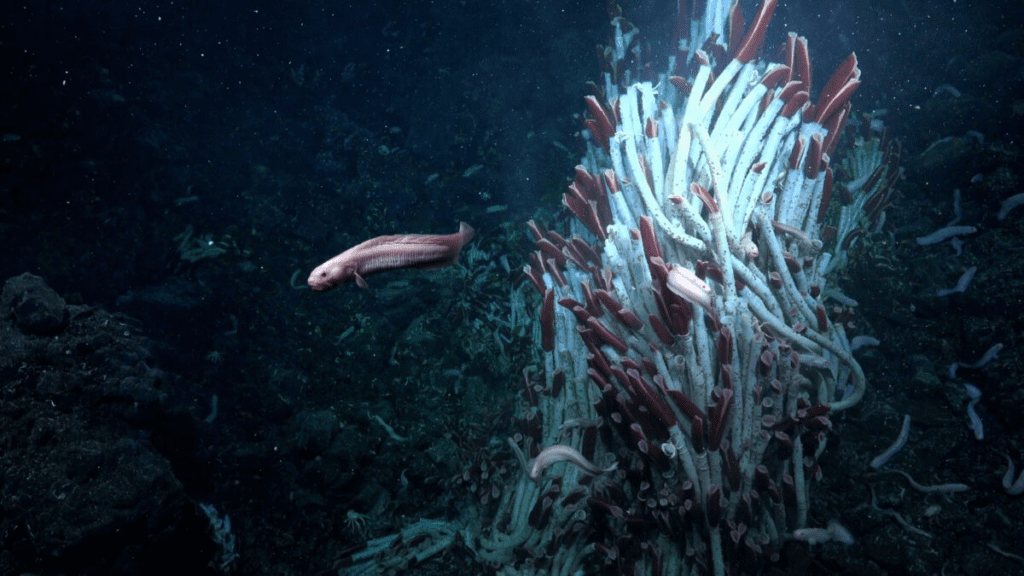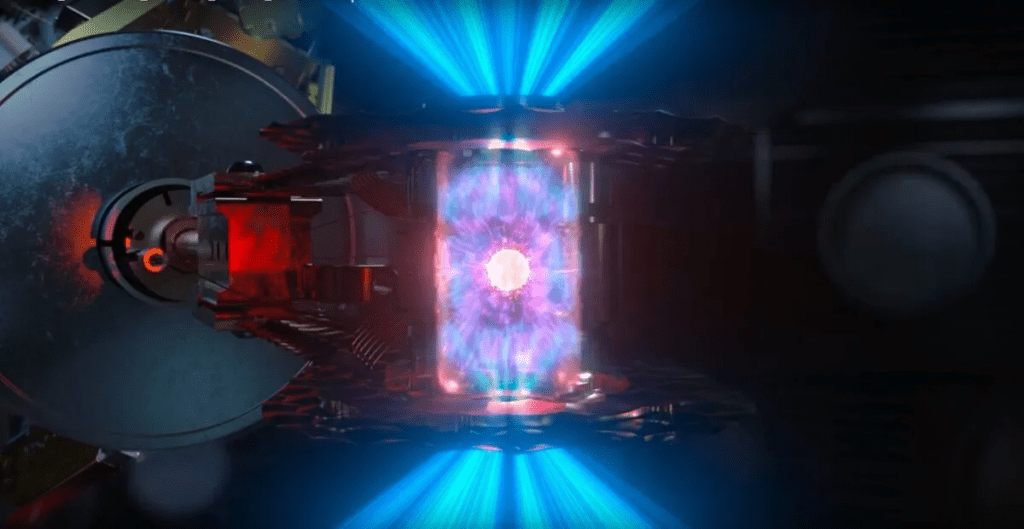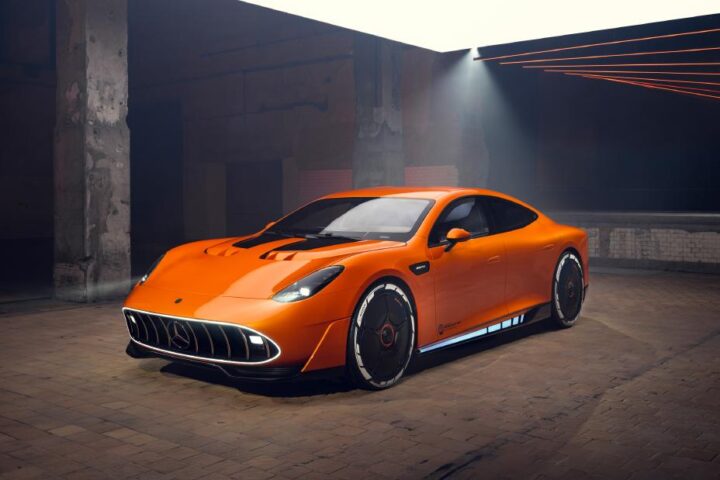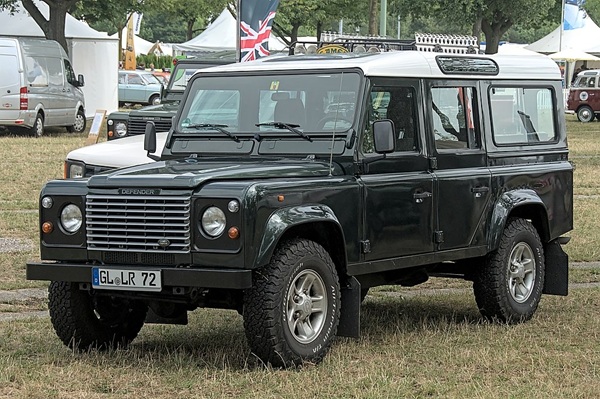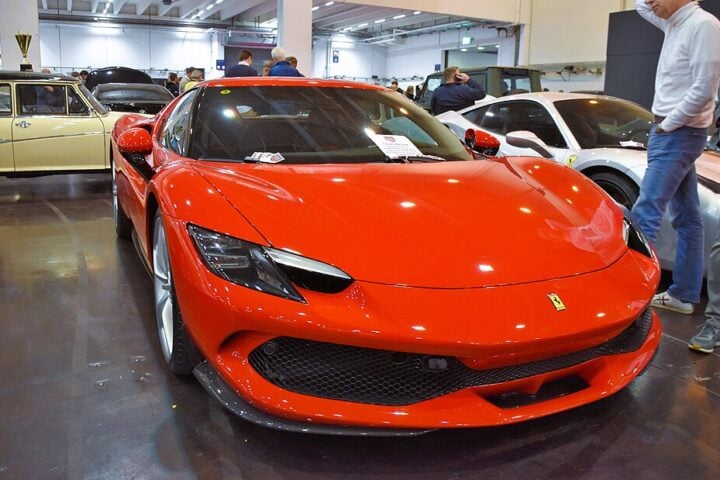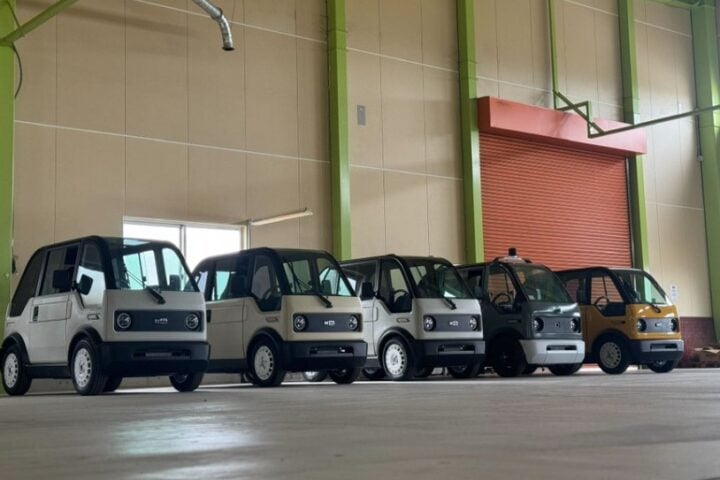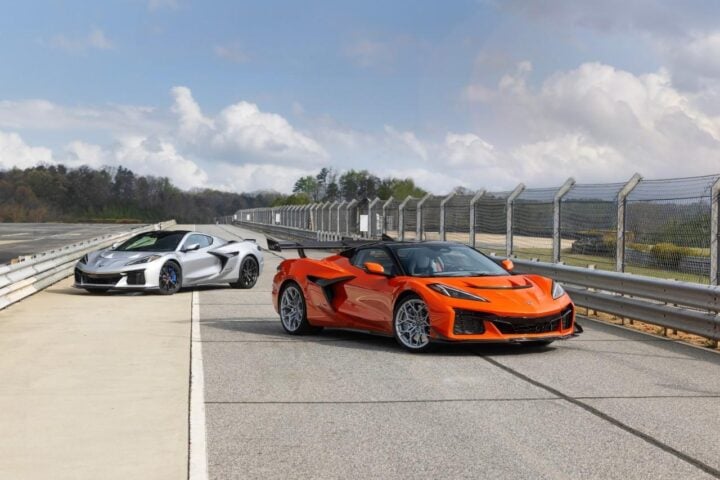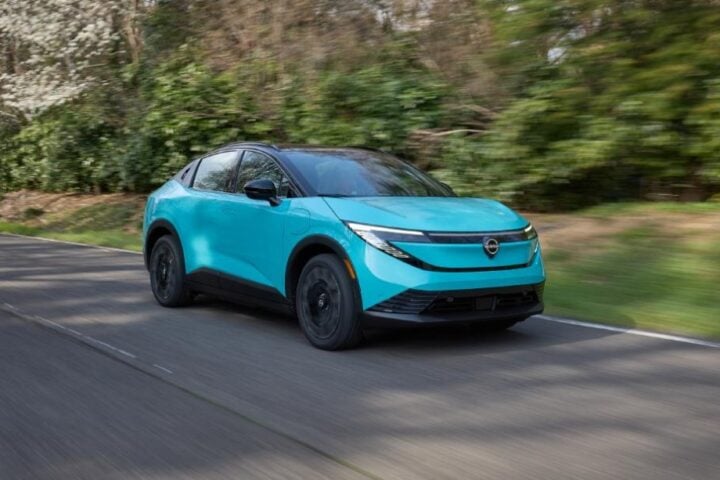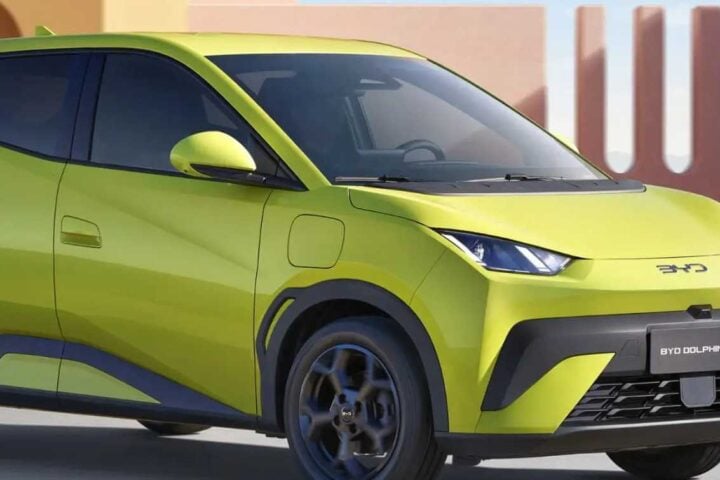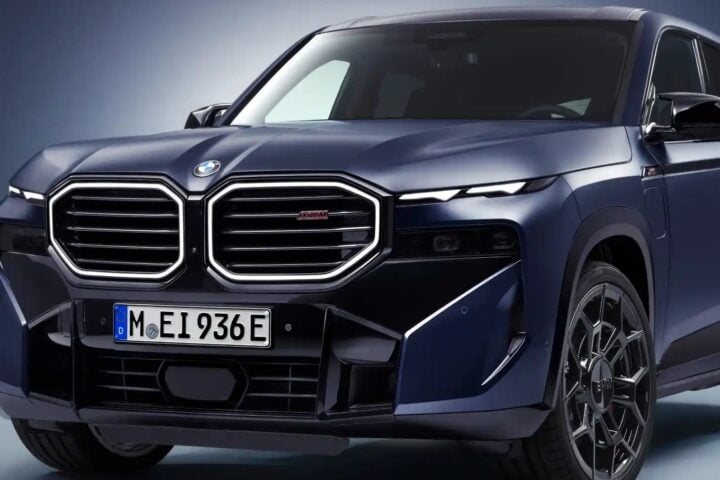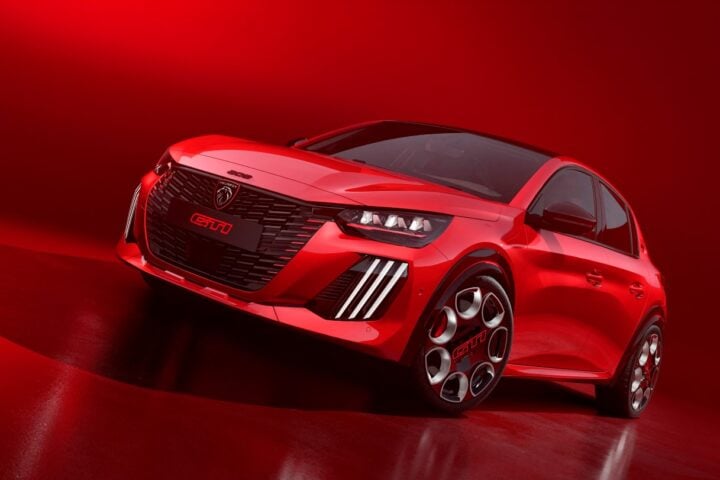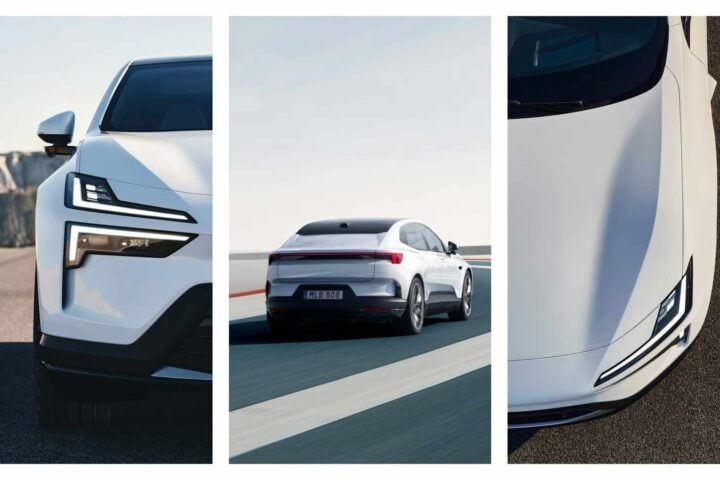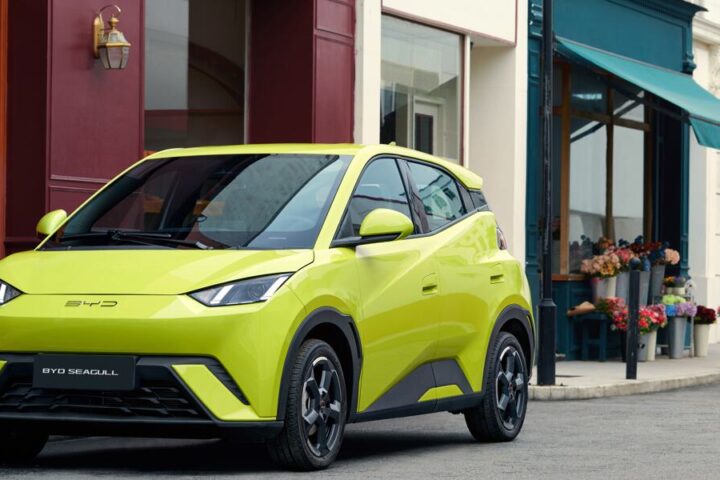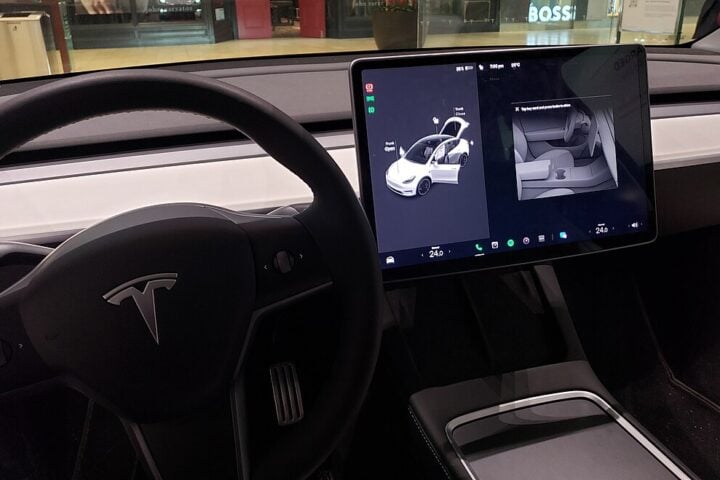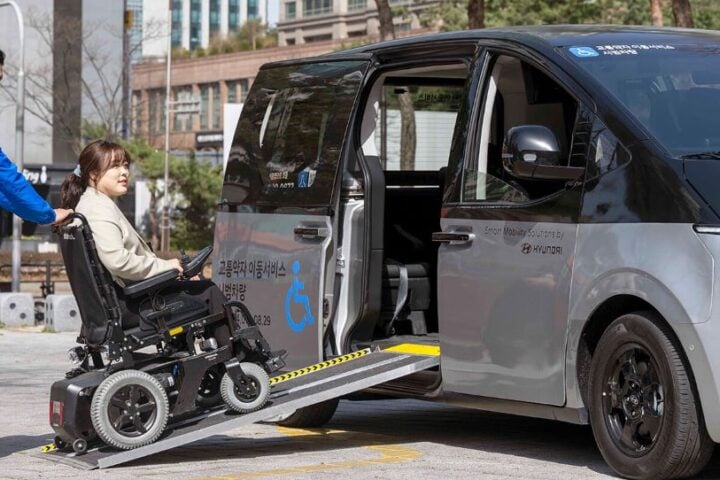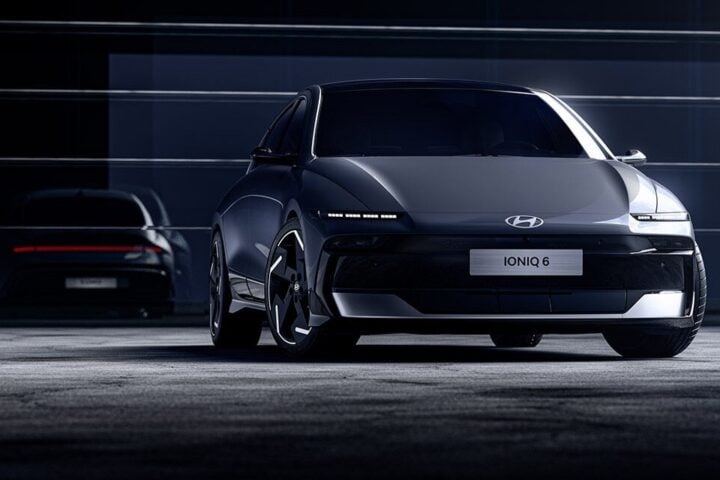Volkswagen has teased its new plug-in-hybrid California concept camper, with a grand reveal set for August 25 at the Caravan Salon show in Düsseldorf, Germany. The California concept is rooted in the long variant of the Multivan, a popular choice among camper enthusiasts.
One distinctive feature of the concept is its pop-up roof, adding an impressive 6.5 feet when fully extended, making campsite experiences more spacious. The camper’s teaser also showcases extendable awnings on either side, hinting at an expansive outdoor camping experience.
A unique control panel inside the camper gives occupants control over the thermostat, lighting, and cooling box. The existing Multivan eHybrid boasts a 1.4-liter turbocharged engine and electric motor combination, churning out 215 horsepower.
The powertrain’s 10.4-kWh battery can cover 30 miles solely on electric power, but it remains a mystery whether the California concept will utilize this setup. Carsten Intra, the CEO of VW Commercial Vehicles, emphasized in March the intention to enhance the camping experience with digital services for the “Cali Community” and an array of post-purchase services.
VW has ambitions of creating a California variant of their electric vehicle, the ID. Buzz, targeting a release in 2025. The electric camper, ID. Buzz, is speculated to come equipped with popular motorhome features, including a sleeping zone and a petite kitchenette.
Similar Post
Aftermarket European companies are also keenly developing add-ons and features for the ID. Buzz. U.S. enthusiasts can anticipate the ID. Buzz’s debut in 2024, featuring a longer wheelbase compared to the European model. Diverse seating arrangements will be available in the ID. Buzz, accommodating between five to seven passengers.
Two battery choices will be on offer for the ID. Buzz: an 82 kWh (77 kWh usable) and a more powerful 91 kWh (85 kWh usable) variant. The ID. Buzz’s power options range from a standard 282 horsepower to a robust 335 hp GTX grade with all-wheel drive.
Marking 35 years since the original California’s debut, VW’s California concept reflects the evolution of the iconic campervan nameplate. Over the decades, four generations of the VW California camper have been introduced, with over 260,000 units sold.
Volkswagen’s recent sketch of the concept reveals a “smart” camper with a tablet-style touchscreen for a modernized camping experience. The long-wheelbase version of the Multivan T7, measuring 5,173 mm, is the basis for the new California concept, ensuring more room for interior amenities.
Volkswagen suggests that the plug-in hybrid configuration is ideal for lengthy travels, while also providing a silent, zero-emission mode apt for serene campsites. The production variant of the California concept will commence its manufacturing at the VW Commercial Vehicles plant in Hanover in 2024.
The ID. Buzz’s electric counterpart, the California, is expected to follow later in the decade, further amplifying VW’s commitment to electric mobility. Volkswagen’s history with the California brand began in 1988 with the T3-based model showcased at the Caravan Salon trade fair.
Since 2019, a whopping 175,000 California-branded campers have been sold, showcasing its immense popularity. The VW lineup also features California variants of other vehicles like the Caddy and the more substantial Crafter.
As electric vehicles gain traction, companies like Volkswagen are reimagining traditional vehicle concepts, with campers being no exception. The upcoming California concept camper’s reveal is not just a product launch but a testament to Volkswagen’s vision for a sustainable, electrified future in the automotive world.

